Marine Geochemistry & Coastal Dynamics Lab
Research Lab Overview
Storms and sea-level rise are just a couple key processes changing the coast and affecting many communities and ecosystems around the world. Humans have responded to associated hazards by hardening shorelines, building dykes and taking other engineering-focused measures. Over the course of history, we have also indirectly affected the form and function of our coasts by actions on land. In particular, the Industrial Revolution stimulated a wave of increased anthropogenic activities, yielding the construction of factories, roads and other infrastructure. It is widely recognized that many coastal areas were impacted by this societal shift and experienced increased sediment loads and contaminants. Since World War II, many watersheds have seen a vegetative regrowth, but expanded suburbanization and tourism has led to different types of development and new coastal impacts and vulnerabilities.
As a marine geochemist, I am interested in developing a better understanding of biogeochemical budgets and cycling of nutrients, carbon, and pollutants from land to sea, including assessing the sources, sinks and transformations of constituents as well as physical transport mechanisms. Our research focuses on how the continental margin (from the fall line out to the shelf break) continues to change on modern timescales, and new data (e.g., aerial imagery) and advanced tools and techniques such as GIS-based analyses, short-lived-radionuclide dating, and high-resolution geophysical, sedimentological and process measurements are available to quantify changes and controlling factors on timescales of days to decades. It is my intention to use the findings of my research to improve our understanding of the intimate connection between the continents and marine environment, leading toward better environmental management and preservation of these critical environments.
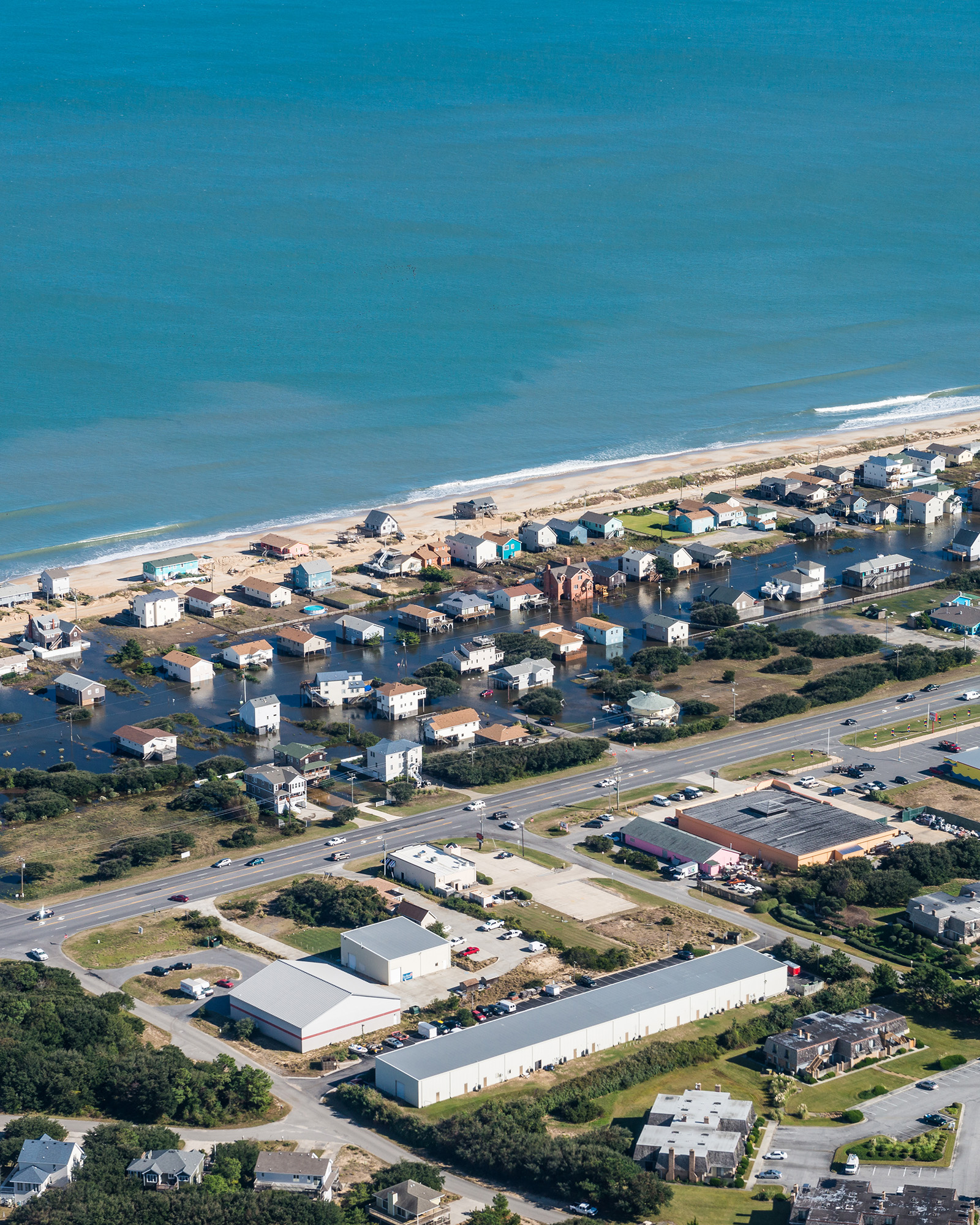
Contact Information:
Reide Corbett
Dean & Executive Director
Integrated Coastal Programs
Coastal Studies Institute
252-475-5428
corbettd@ecu.edu
Current and Recent Research Projects
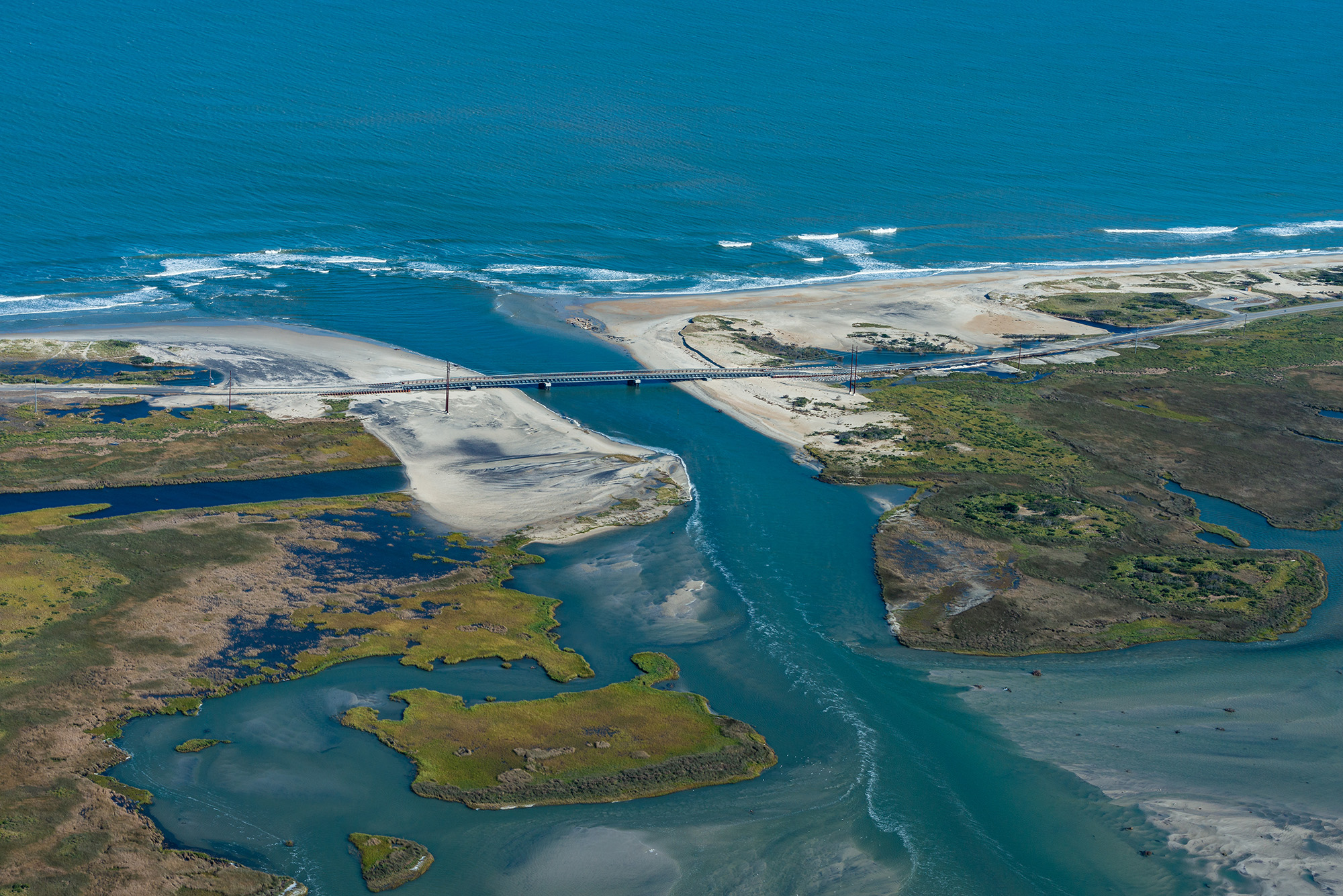
Coastal Storms Impacts & Barrier Island Dynamics
Barrier islands are low-lying, coast-parallel features shaped by ocean processes. The Outer Banks is a stunning example, and storms can provide a powerful reminder of their evolving nature. The character of barrier islands is related to their geologic history, ongoing coastal processes, and human activities. Longshore transport, island overwash and inlet-opening are key processes affecting these systems. Our group is interested in understanding how barrier islands form and change. This knowledge can inform habitat management, resource availability and hazard risks.
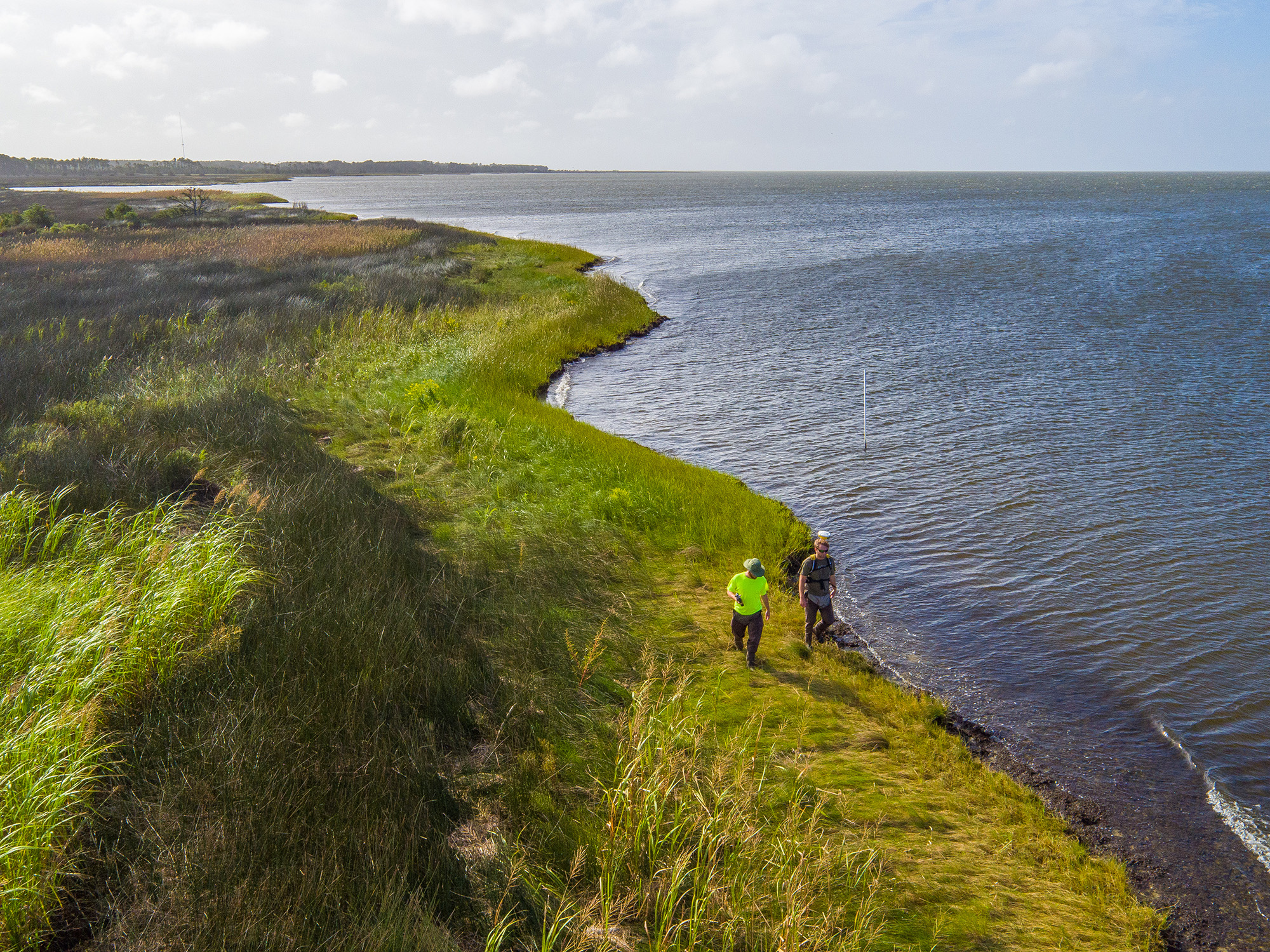
Wetland Sedimentation and Change
In more protected shoreline areas, vegetation can thrive along the shoreline; in temperate zones this includes salt marshes and swamp forests, while in the tropics, mangroves are found, This ecologically productive zone provides a key food source for estuarine and ocean food webs. With human development and climate- variations, wetlands are being affected, and this may have cascading influences on marine systems. We are studying wetlands in North Carolina and elsewhere around the world to help understand and manage these changes
Estuarine Seabed and Shoreline Processes
Estuaries are semi-enclosed bodies of water where freshwater mixes with seawater and are critical ecological areas because of their biological productivity and valuable habitat. The Albemarle-Pamlico Estuarine System is the second-largest estuarine in the U.S. It is home to many critical habitats, making these areas invaluable environmentally and economically (e.g., for commercial fishing and tourism). Shoreline change and seabed sedimentation are important processes influencing estuaries. This research is aimed at quantifying and understanding estuarine system dynamics, particularly the Albemarle-Pamlico Estuarine System.
Related Research Focus Areas
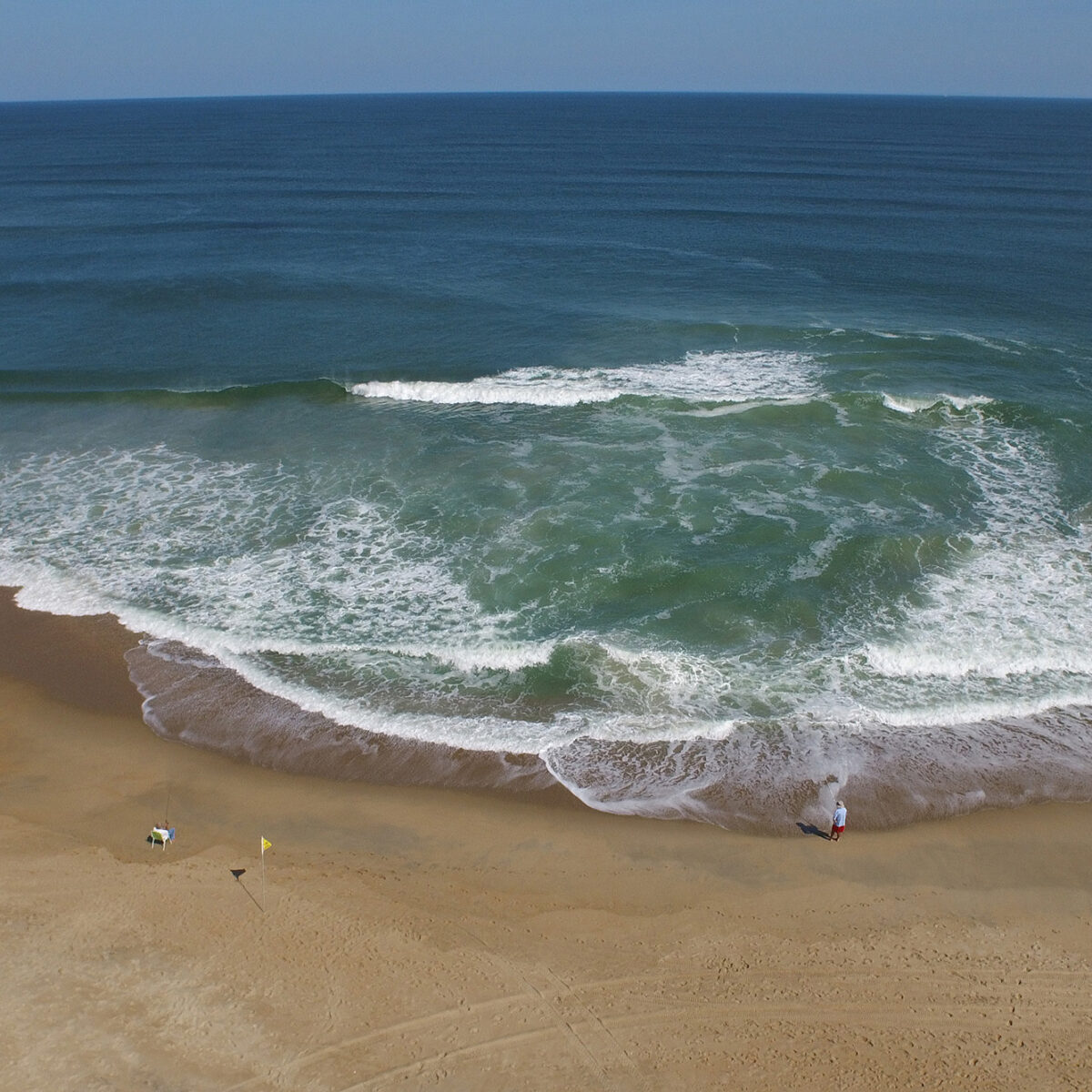
Oceanographic
&
Coastal Processes
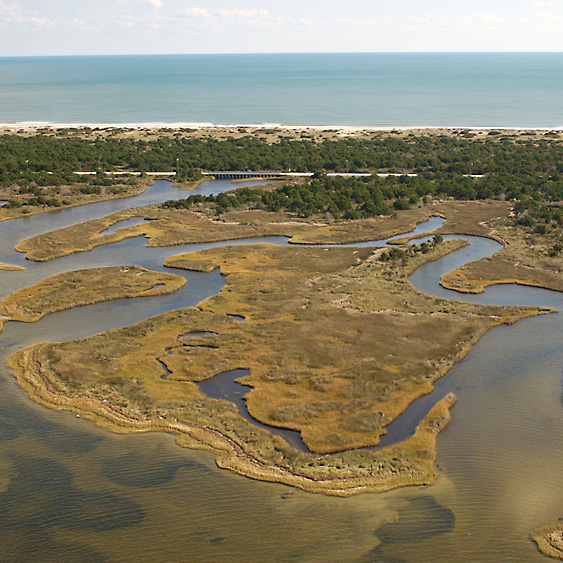
Marine & Coastal Resource Management
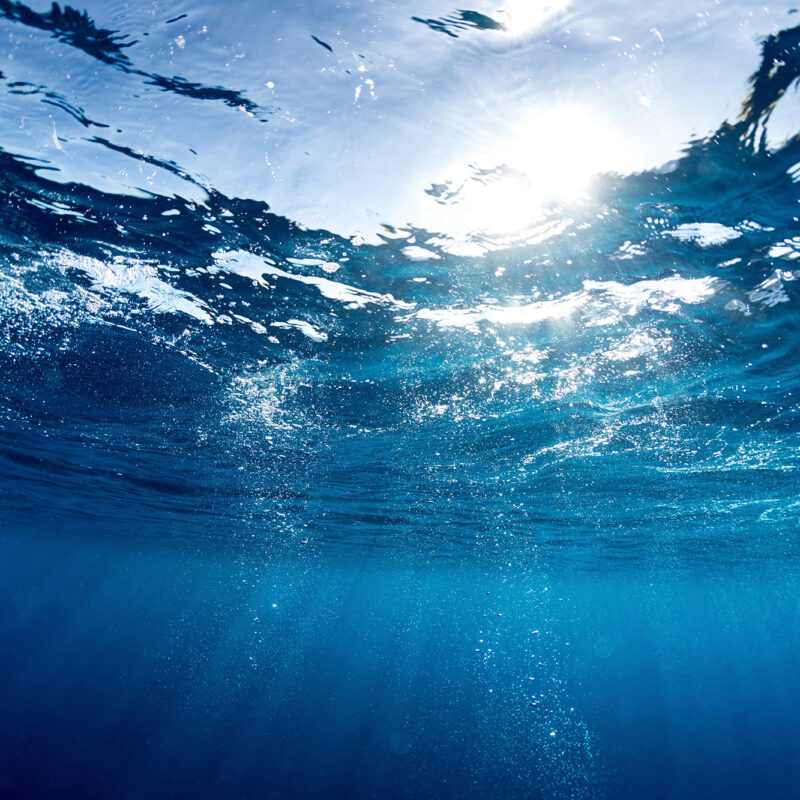


 Based at the Coastal Studies Institute (CSI), the North Carolina Renewable Ocean Energy Program (NCROEP) advances inter-disciplinary marine energy solutions across UNC System partner colleges of engineering at NC State University, UNC Charlotte, and NC A&T University. Click on the links below for more information.
Based at the Coastal Studies Institute (CSI), the North Carolina Renewable Ocean Energy Program (NCROEP) advances inter-disciplinary marine energy solutions across UNC System partner colleges of engineering at NC State University, UNC Charlotte, and NC A&T University. Click on the links below for more information. ECU's Integrated Coastal Programs (ECU ICP) is a leader in coastal and marine research, education, and engagement. ECU ICP includes the Coastal Studies Institute, ECU's Department of Coastal Studies, and ECU Diving and Water Safety.
ECU's Integrated Coastal Programs (ECU ICP) is a leader in coastal and marine research, education, and engagement. ECU ICP includes the Coastal Studies Institute, ECU's Department of Coastal Studies, and ECU Diving and Water Safety. The ECU Outer Banks campus is home to the Coastal Studies Institute.
The ECU Outer Banks campus is home to the Coastal Studies Institute.

